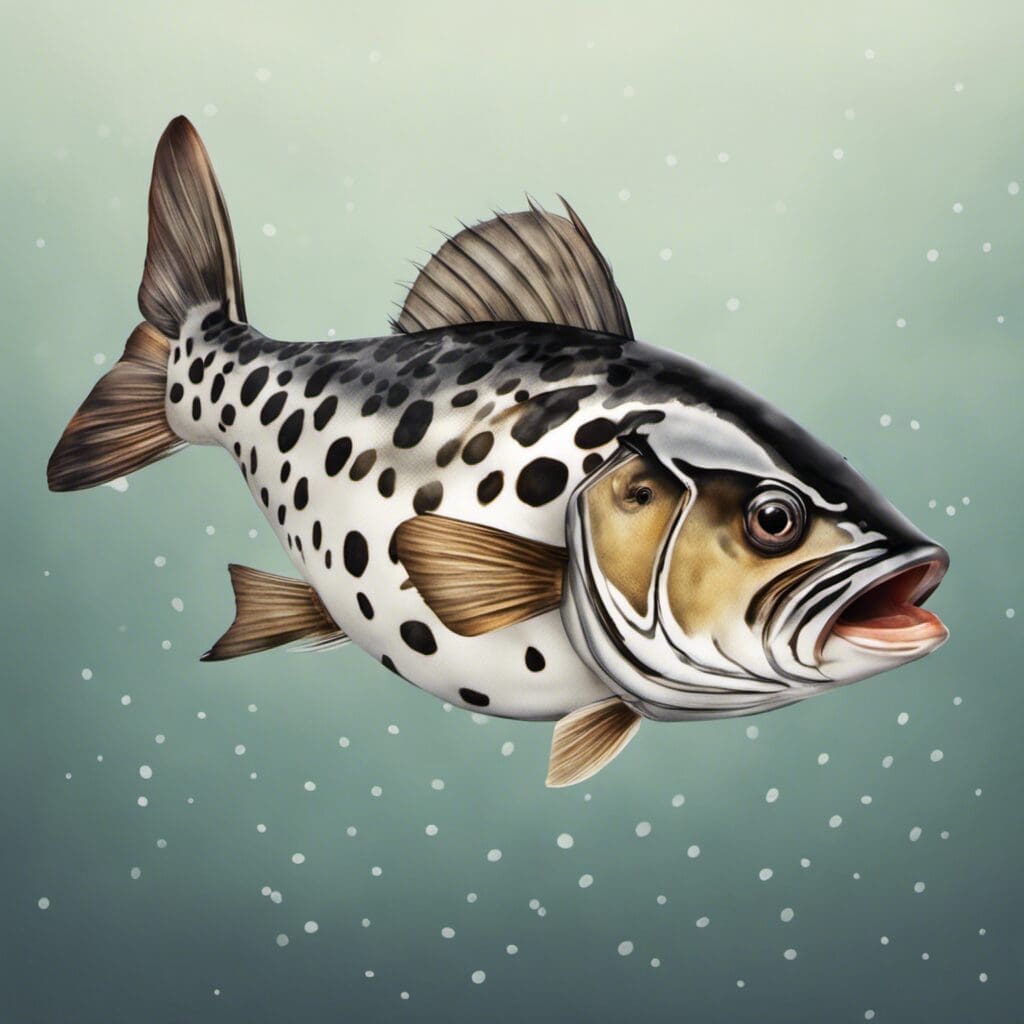Introduction: Spotted Sucker
The fish known as the Spotted Sucker is a member of the Catostomidae family. Its scientific name is Minytrema melanops, and it is a freshwater fish chiefly found in the United States, particularly in rivers and streams.
Conservation Status
The Spotted Sucker is currently classified as ‘Least Concern’ on the conservation status scale. Thanks to its extensive distribution and an absence of major threats, it remains relatively plentiful.
Conservation Efforts
Although no specific conservation efforts are targeted toward the Spotted Sucker, its habitat benefits from more general campaigns aimed at maintaining the quality of freshwaters in the United States.
Statistics
| Length | Average: 10-12 inches | Range: 6-15 inches |
|---|---|---|
| Weight | Average: 1-2 pounds | Range: less than 1-3 pounds |
| Average Lifespan | 5 to 8 years, with some living up to 10 years | |
Distribution
The Spotted Sucker is found in freshwater bodies throughout the eastern United States, particularly in the Mississippi River basin. It’s observed from Pennsylvania to Alabama, and west to Texas. The species seems to be fairly sedentary, with no notable patterns of migration.
Habitats
The Spotted Sucker prefers medium to large rivers and streams, often in clearer water over sand, gravel, or rock. They thrive in a temperature range of 70 to 80 degrees Fahrenheit and can be found at depths up to 20 feet.
When and Where to See
Spotted Suckers are most visible during spring and early summer, when they move into shallow water to spawn. They come out to feed primarily at night.
Best Fishing Locations
Some great spots to fish for this sucker species include the Upper Mississippi River, Alabama’s Chattahoochee River, and Texas’s Sabine River. If in a new region, look for large streams and rivers with clean water and sand or gravel bottoms.
How to Find Spotted Suckers
If specific locations aren’t accessible, the best approach is to search in large, clear rivers or streams with sandy or gravelly bottoms, particularly after dark.
How to Catch
Fishing for Spotted Suckers can be challenging due to their night-feeding habits. However, nightcrawlers and insect larvae make effective bait. Employ methods such as bottom fishing. Optimal fishing times are nocturnal hours during late spring and early summer.
Identification Guide
The Spotted Sucker, true to its name, features black or dark green circular spots along the sides and back. It has a long, slim body and a small, inferior mouth, making it distinguishable from other Catostomidae.
Culinary
Although not renowned as a table fish, the Spotted Sucker can be cooked in various ways like smoking or frying. The flavor is described as firm yet tender with a mildly sweet taste.
Behavior and Predators
Spotted Suckers are nocturnal feeders that primarily consume algae, detritus, and small invertebrates. They have predators among larger fish species and birds.
Spotted Sucker’s human-induced threats include pollution and river modification, which can degrade their preferred habitat.
Additional Information
Spotted Suckers play a significant ecological role as one of the primary grazer species in many ecosystems, consuming and recycling organic material. They are also an important link in the food chain, feeding larger predatory species.
References and Further Reading
Further information about the Spotted Sucker can be found in “Freshwater Fishes of the Eastern United States” by Robert A. Daniels, and “The Fishes of Illinois” by Philip W. Smith.
Please remember, if you choose to fish for Spotted Suckers or any other species, to follow local regulations and practice catch and release to preserve fish populations for future generations

